Weather unpredictability creates unique challenges for travelers, turning what might seem like a straightforward trip into an exercise in preparation and adaptability. From rapid temperature swings to unexpected storms, certain locations around the world stand out for their particularly capricious climate patterns.
Here is a list of 20 places where weather conditions can change dramatically at a moment’s notice, along with insights on what to expect and how to prepare.
Mount Washington, New Hampshire

The highest peak in the northeastern United States holds the record for the fastest surface wind speed ever recorded. The mountain creates its own weather system where conditions can shift from calm sunshine to a blinding blizzard in less than an hour.
Summer visitors might experience morning frost, afternoon heat, and evening thunderstorms all in a single day. The convergence of three major storm tracks over the peak creates this meteorological chaos. Local weather stations have recorded temperature swings of up to 50 degrees Fahrenheit within 12 hours.
Melbourne, Australia

Locals often joke about experiencing ‘four seasons in one day’ in this Australian metropolis. The city’s position between the hot Outback and the cold Southern Ocean creates a climate battleground where weather patterns clash and change rapidly.
Morning beachgoers might find themselves rushing for shelter from afternoon hail, only to emerge into evening sunshine. The city’s flat topography allows weather systems to sweep through without obstruction, leading to sudden temperature drops of 20 degrees Fahrenheit within minutes.
Like Travel Pug’s content? Follow us on MSN.
Patagonia, Argentina/Chile
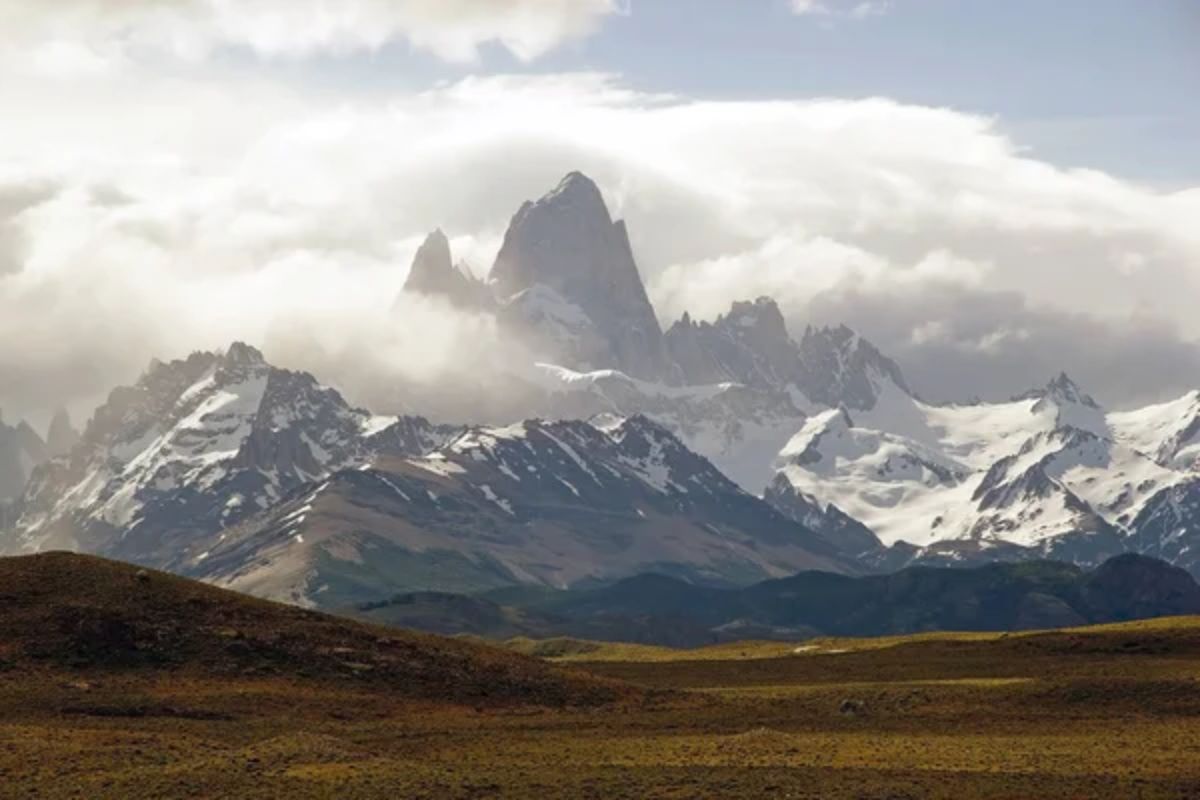
The southern tip of South America experiences some of the planet’s most dynamic weather patterns. Fierce winds can reach speeds of 70 mph without warning, turning a calm hiking morning into a challenging survival situation.
The collision of Pacific and Atlantic weather systems creates unpredictable storm formations throughout the year. High-pressure systems from Antarctica can cause sudden snowfall even during the summer months. Local guides recommend carrying equipment for all four seasons regardless of the forecast.
Atacama Desert, Chile
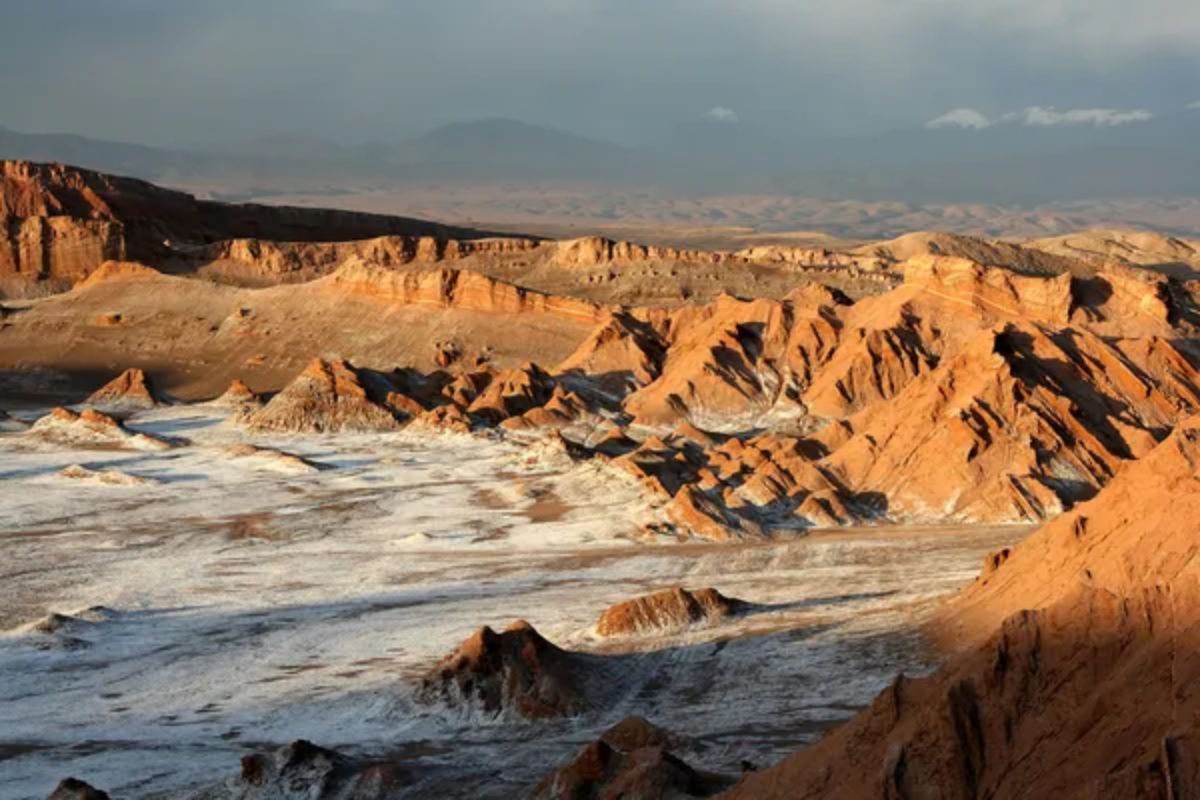
Despite being the world’s driest desert, the Atacama presents startling weather variations. Daily temperature swings of 60 degrees Fahrenheit occur regularly, forcing visitors to pack for both scorching heat and near-freezing conditions.
The desert’s high altitude combines with its proximity to the Pacific Ocean to create unexpected fog banks and rare but intense rain events. Afternoon windstorms can arise from clear skies, bringing visibility down to mere feet. The extreme temperature variations cause rocks to crack and shatter without warning.
Scottish Highlands
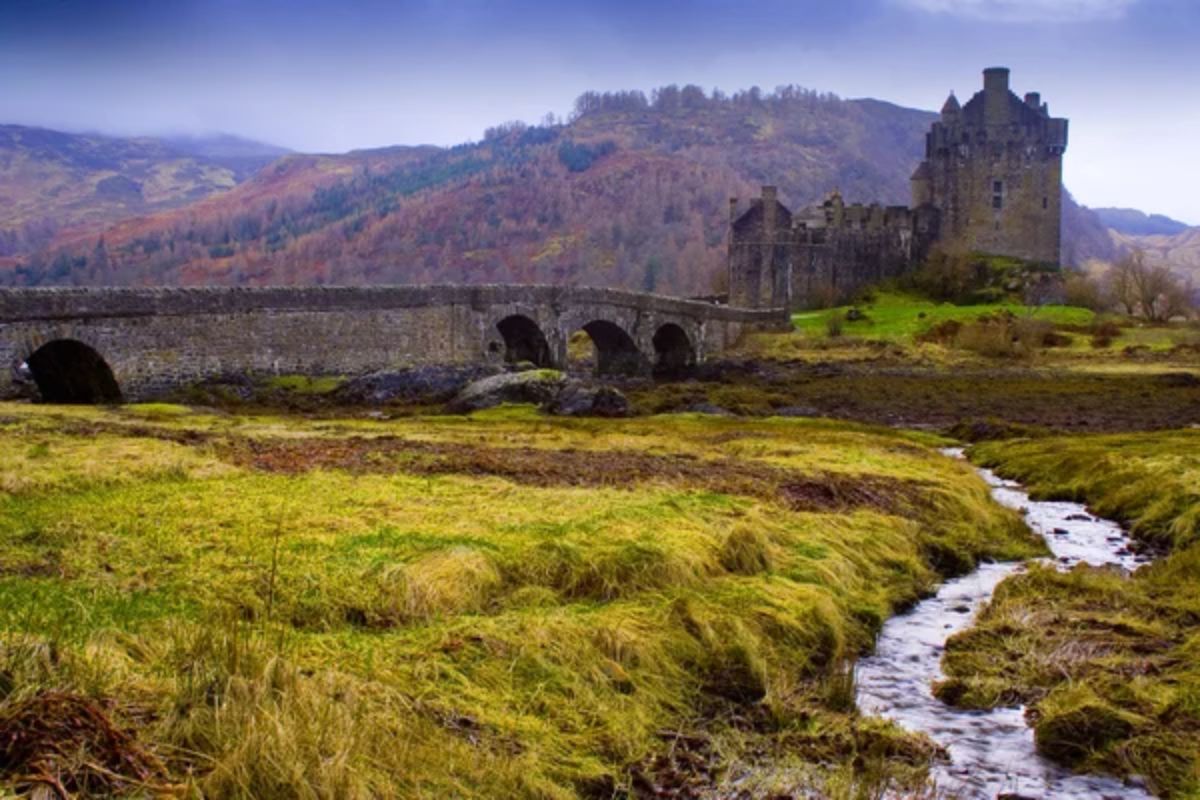
The Highlands’ position at the convergence of multiple weather fronts creates notoriously fickle conditions. Morning mist can transform into piercing sunshine, then shift to sideways rain within hours.
The region’s numerous valleys and mountains create distinct microclimates, meaning conditions can vary dramatically within just a few miles. Atlantic weather systems collide with continental air masses, producing localized storms that appear without warning. The Gulf Stream’s influence adds another layer of unpredictability to the already complex weather patterns.
Like Travel Pug’s content? Follow us on MSN.
Iceland
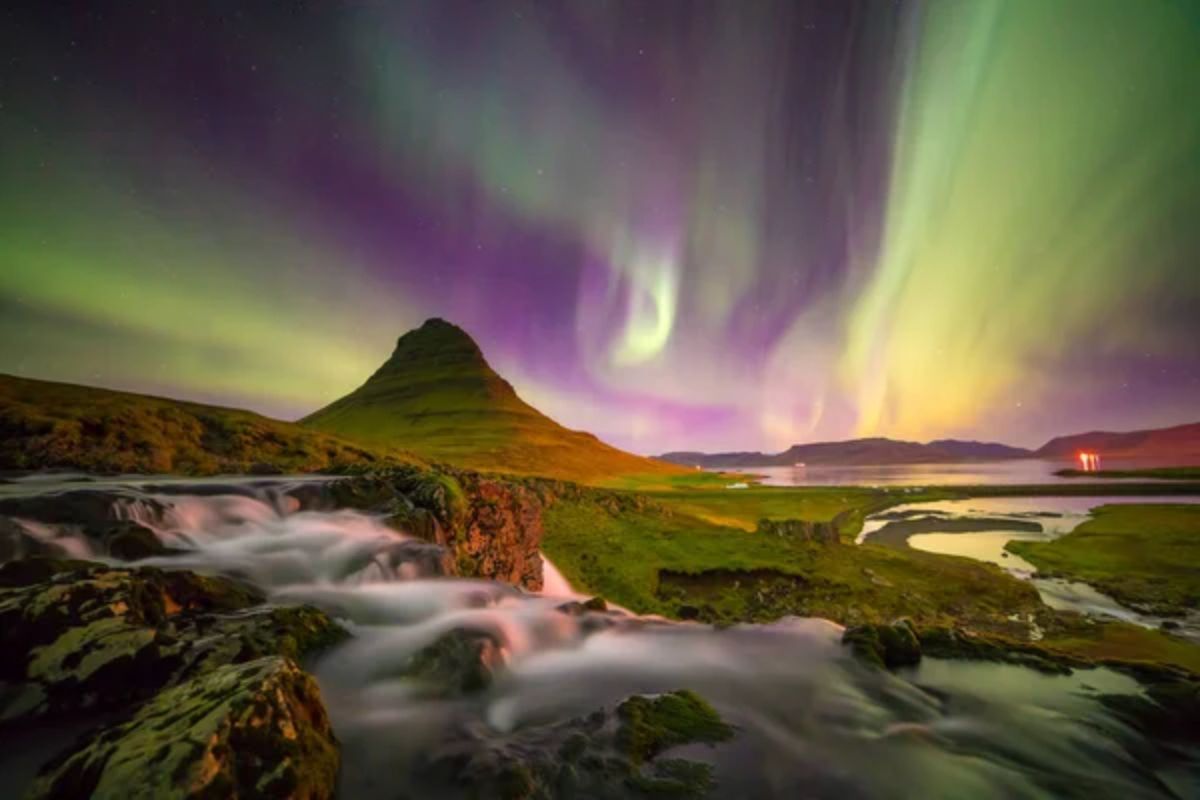
The island’s position along the boundary of Arctic and Atlantic air masses creates constant weather instability. Travelers regularly experience horizontal rain, snow, sunshine, and fog within a single morning.
The Gulf Stream’s warmth battles with Arctic winds, creating rapid pressure changes that spawn localized storms. Volcanic activity adds another dimension of unpredictability, with geothermal heat affecting local weather patterns. The country’s weather service often issues multiple forecasts per day due to rapidly changing conditions.
Cascade Mountains, Washington
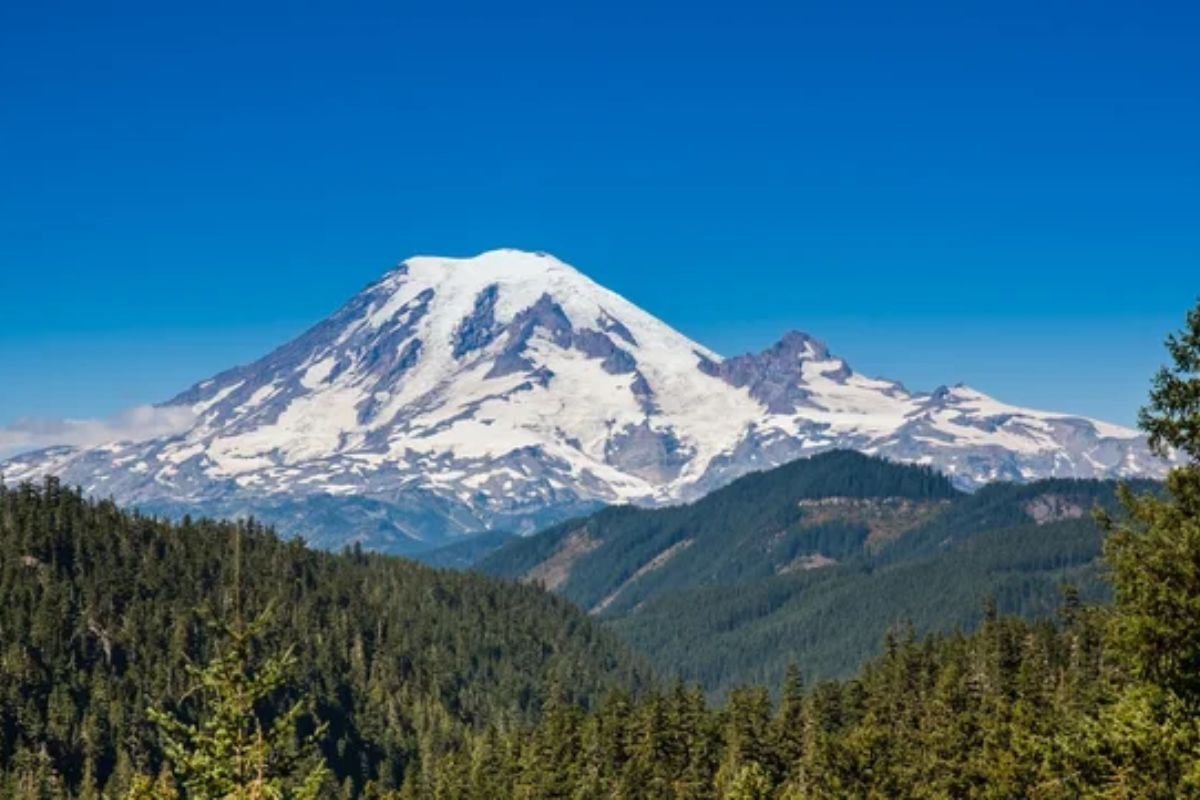
These mountains create their own weather systems through a complex interaction of Pacific moisture and continental air masses. A sunny ascent can quickly turn treacherous as clouds form seemingly from nowhere around the peaks.
The range’s proximity to the ocean means weather systems move through with surprising speed and intensity. Storm systems can stall against the mountains, creating extended periods of unpredictable conditions. The convergence zone between the mountains and coast produces some of the most variable weather in North America.
Tierra del Fuego, Argentina
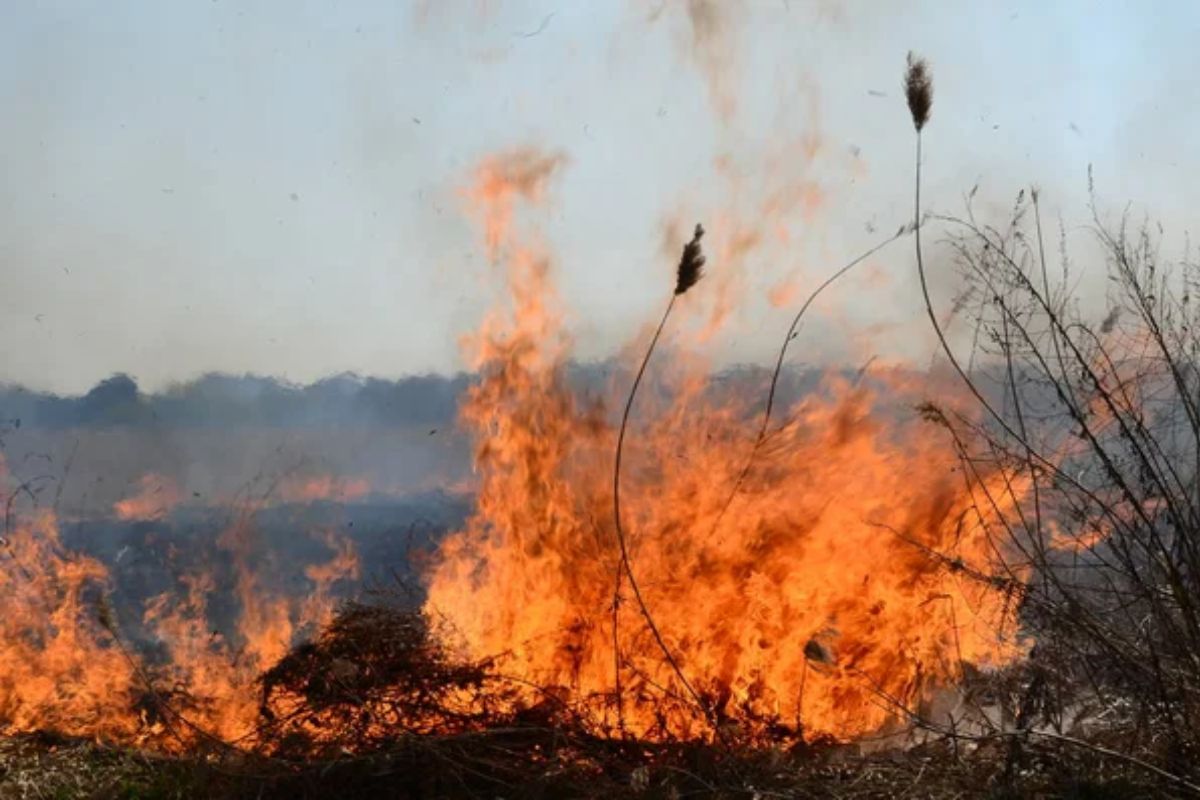
The archipelago at South America’s southern tip experiences extreme weather volatility due to its location near the Antarctic Convergence. Strong westerly winds known as the ‘Roaring Forties’ can rise from calm conditions within minutes.
The meeting of cold polar air and warmer maritime influences creates rapidly changing cloud formations and precipitation patterns. Ocean currents around the islands contribute to sudden temperature fluctuations and fog formation. Local weather stations often record multiple distinct weather events within single hours.
Like Travel Pug’s content? Follow us on MSN.
Mt. Kilimanjaro, Tanzania

Africa’s highest peak creates its own unpredictable weather patterns through its interaction with surrounding air masses. The mountain’s massive height means climbers pass through multiple climate zones, each with its own weather challenges.
Equatorial sunshine can transform into arctic conditions near the summit without warning. The mountain’s size influences local air currents, creating sudden storms that form and dissipate rapidly. Daily temperature swings of over 50 degrees Fahrenheit are common on the upper slopes.
Hokkaido, Japan
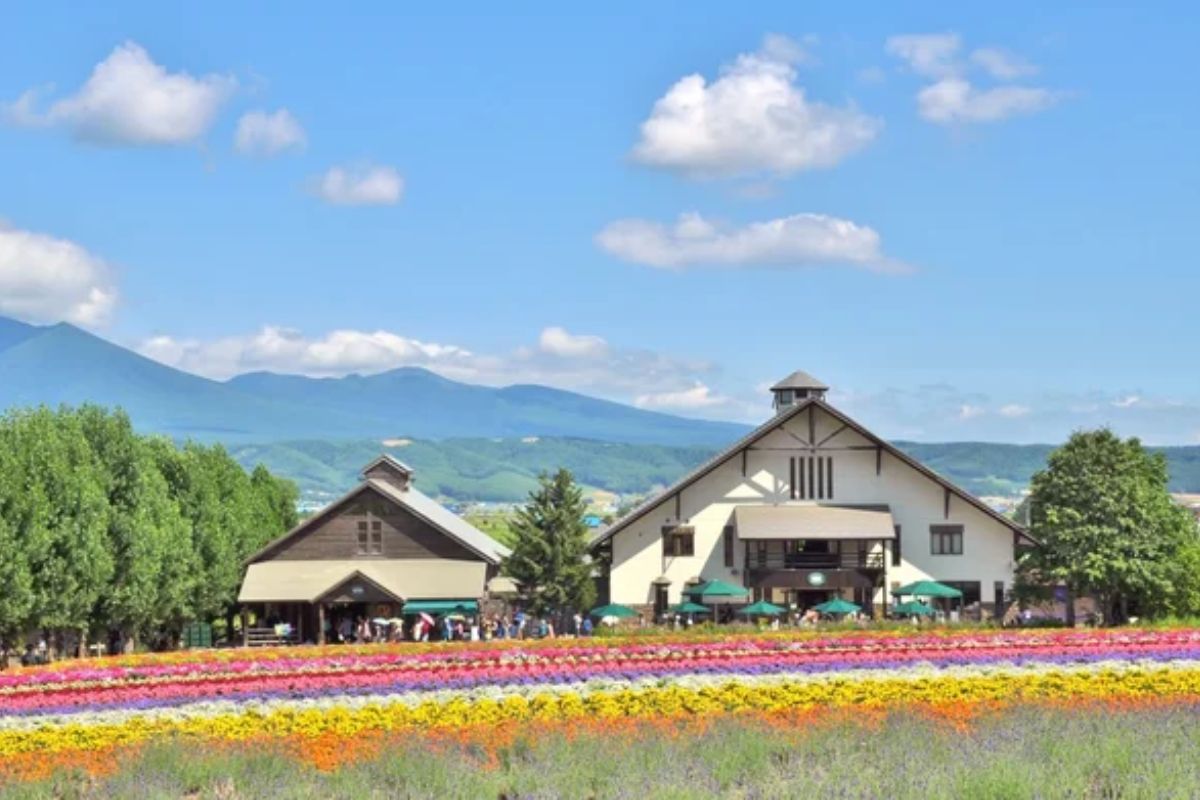
Japan’s northernmost island sits at the convergence of several major weather systems, creating notably unstable conditions. Siberian air masses collide with warm Pacific currents, producing sudden snowstorms even during mild periods.
The island’s varied topography creates numerous microclimates, each with its own pattern of unpredictability. Sea-effect snow can appear suddenly, dropping several feet of snow in hours. The interaction between mountain ranges and coastal areas produces localized weather phenomena that challenge even experienced meteorologists.
Chicago, Illinois

The Windy City’s location on Lake Michigan creates a perfect storm of weather unpredictability. The lake effect influences everything from temperature to precipitation, often causing rapid shifts between weather systems.
Winter temperatures can swing by 40 degrees Fahrenheit in a matter of hours as Arctic air masses battle with warmer southern systems. The flat Midwestern terrain allows weather patterns to sweep through the city unimpeded, creating sudden dramatic changes. The urban heat island effect adds another layer of complexity to the already volatile weather patterns.
Like Travel Pug’s content? Follow us on MSN.
Tibetan Plateau
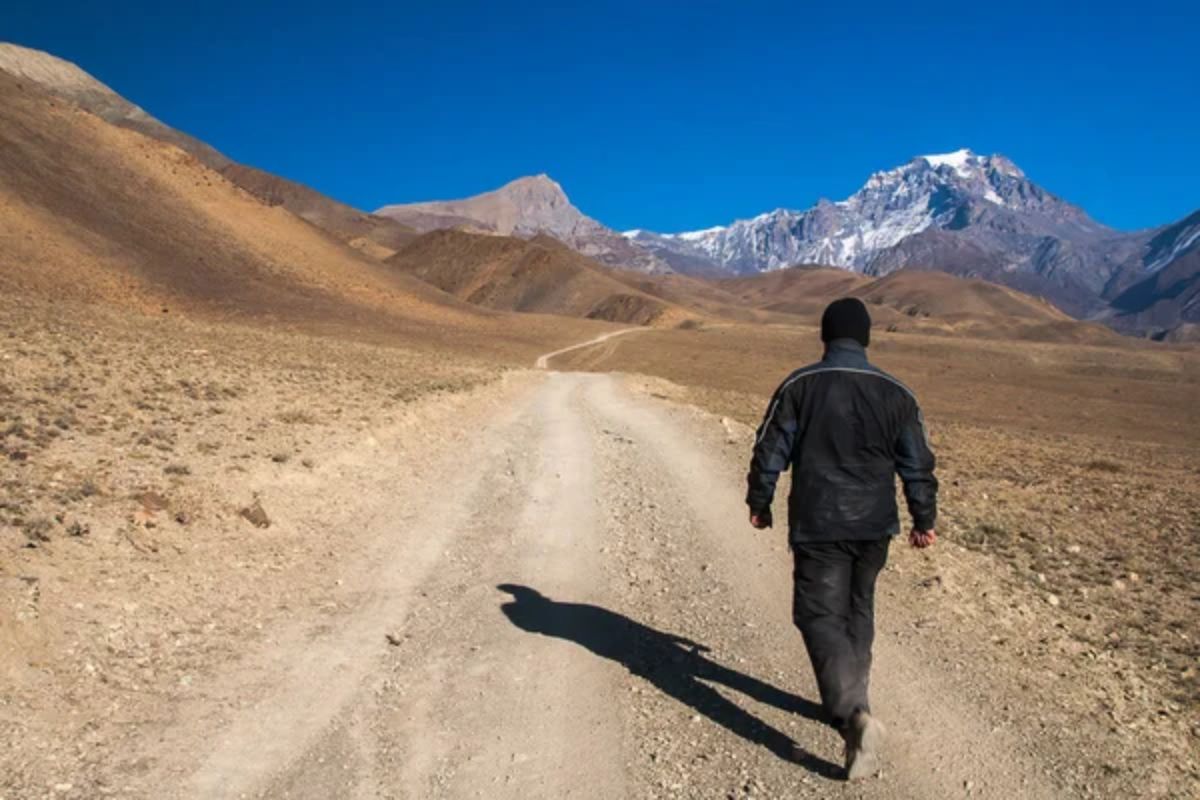
The world’s highest plateau generates extraordinarily unpredictable weather due to its extreme elevation and vast size. Summer mornings can begin with intense sunshine before transforming into afternoon snowstorms within minutes.
The plateau’s position between different climate zones creates a constant battle of air masses and pressure systems. Intense solar radiation at high altitudes can cause rapid temperature changes even when skies appear clear. The region’s weather patterns influence global climate systems while remaining notoriously difficult to forecast.
Wellington, New Zealand
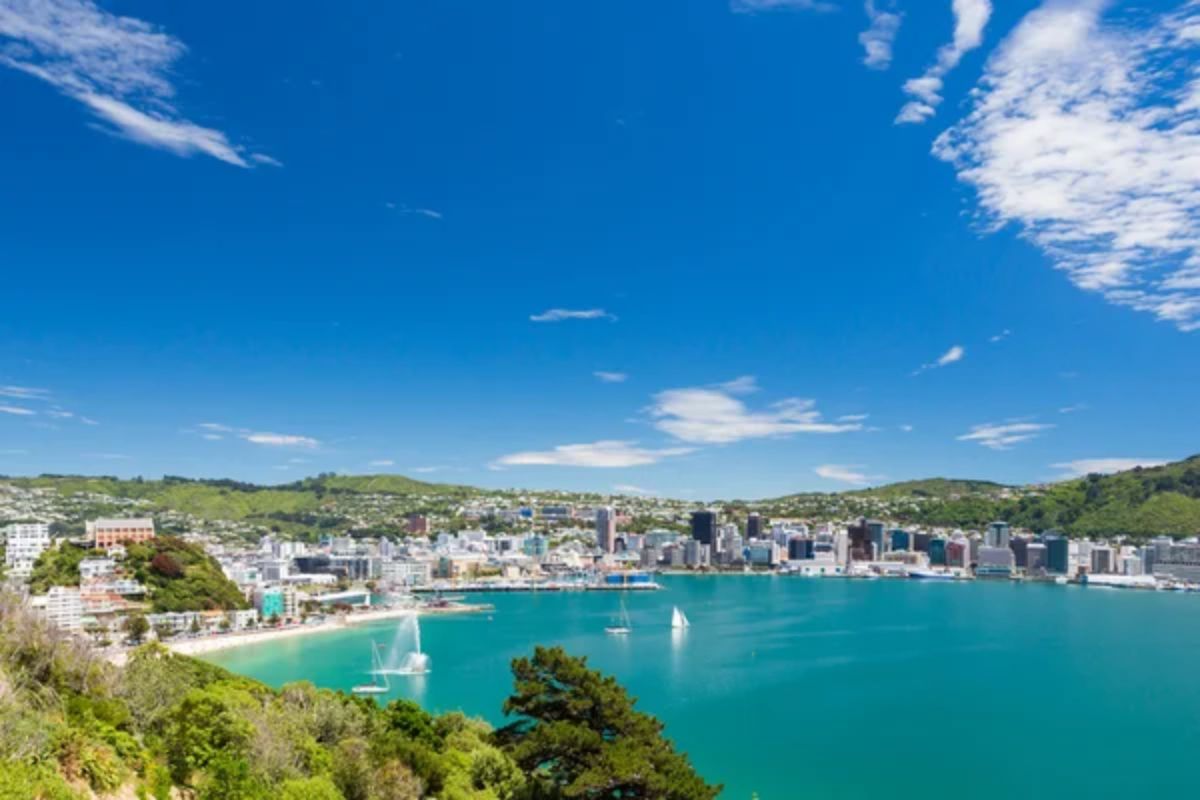
New Zealand’s capital earned its nickname ‘Windy Wellington’ through its remarkably changeable weather patterns. The city’s position between Cook Strait and the Tararua Range creates a wind tunnel effect that can transform calm conditions into gale-force winds without warning.
Maritime influences collide with mountain weather systems, producing rapid shifts in temperature and precipitation. The narrow strait intensifies weather systems as they funnel through, creating localized severe weather events. Ocean currents around the strait contribute to sudden temperature and humidity changes.
Grand Canyon, Arizona
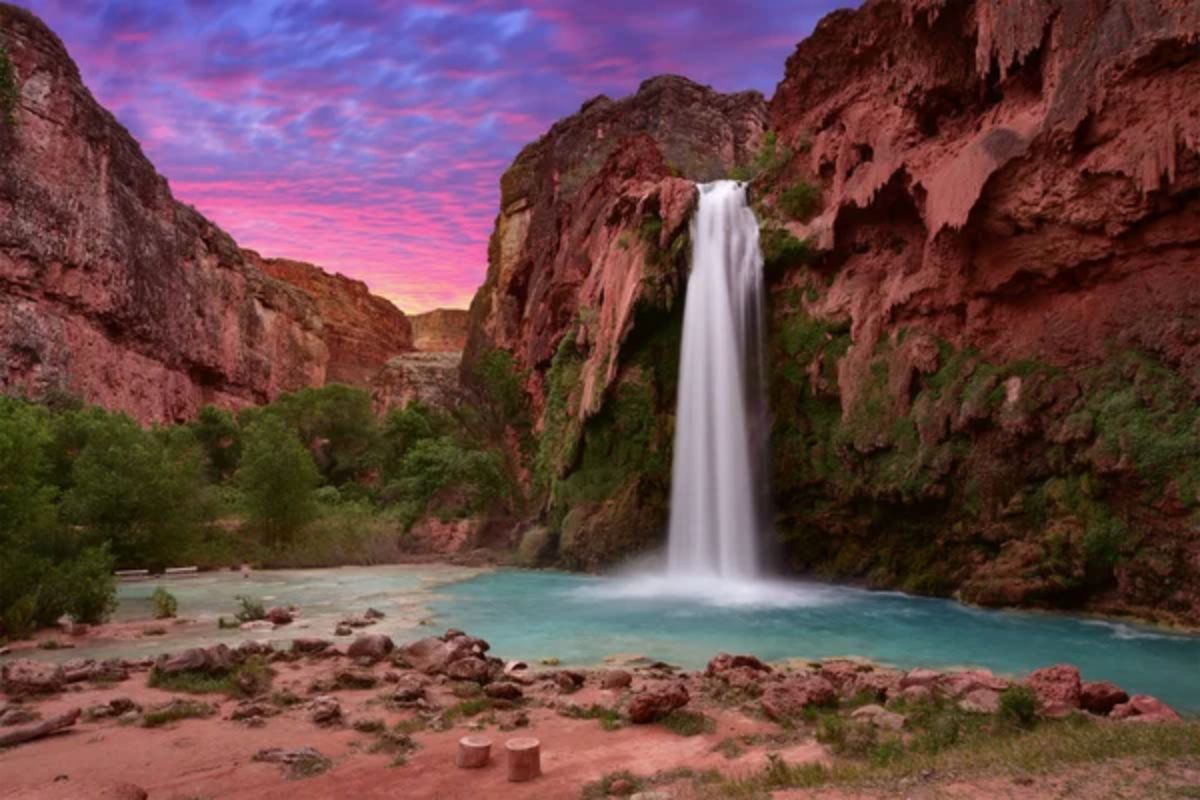
The canyon’s extreme depth and varied elevation create distinct weather zones that can experience dramatically different conditions simultaneously. Summer visitors often encounter thunderstorms at one rim while the other basks in sunshine.
The temperature difference between the rim and the canyon floor can exceed 40 degrees Fahrenheit year-round. Flash floods can occur under clear skies due to distant rainfall. The canyon’s topography influences air movement in ways that create localized weather phenomena that are difficult to predict.
Like Travel Pug’s content? Follow us on MSN.
Norway’s Fjords

These deep coastal valleys experience some of Europe’s most variable weather conditions. Maritime air masses collide with continental systems, creating rapid shifts between sunshine, rain, and snow.
The steep walls of the fjords can trap weather systems or funnel winds to dangerous speeds with little warning. Local microclimates within individual fjords can differ drastically from conditions just a few miles away. The Gulf Stream’s influence creates additional instability in local weather patterns.
Swiss Alps
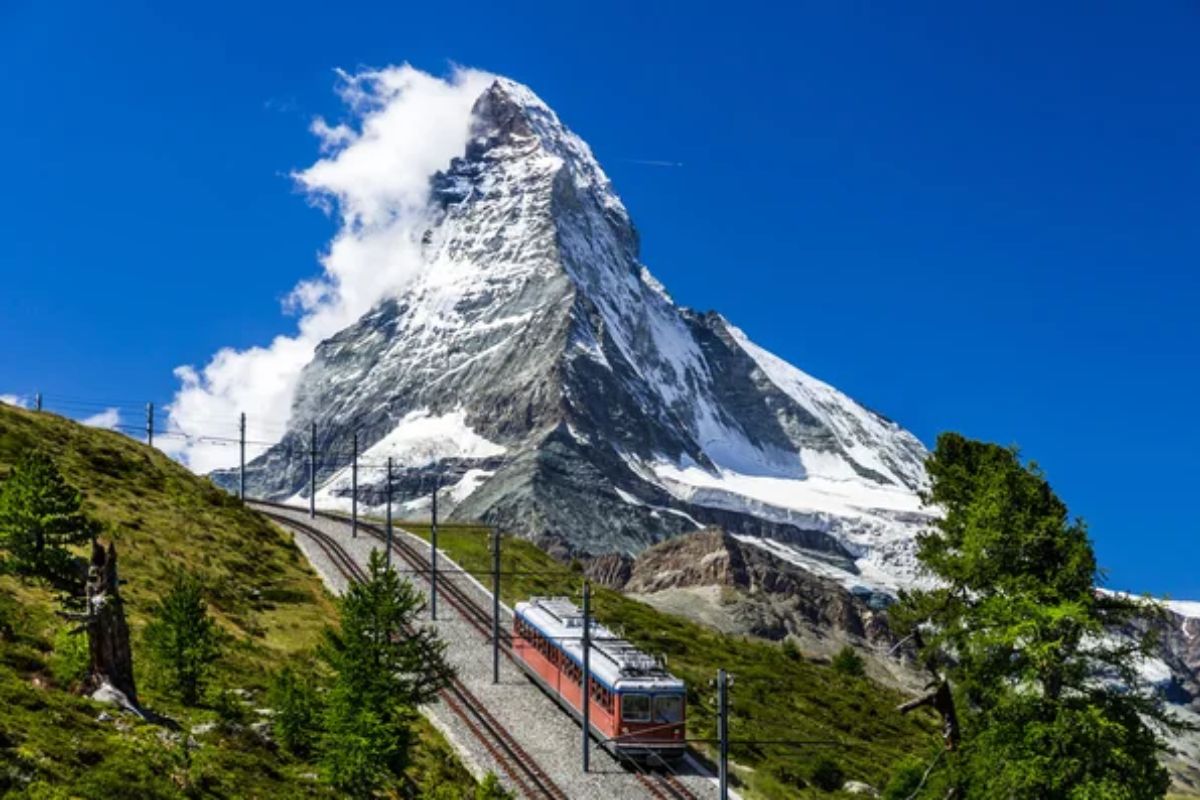
This complex mountain system creates notoriously unpredictable weather through its interaction with multiple European weather patterns. The mountains can trap weather systems, causing rapid pressure changes and sudden storm development.
Valley positions relative to the peaks create unique microclimates that can experience vastly different conditions within short distances. Föhn winds can raise temperatures by 30 degrees Fahrenheit in minutes, melting snow and creating avalanche risks. The combination of altitude and topography makes accurate weather forecasting particularly challenging.
Tornado Alley, Oklahoma
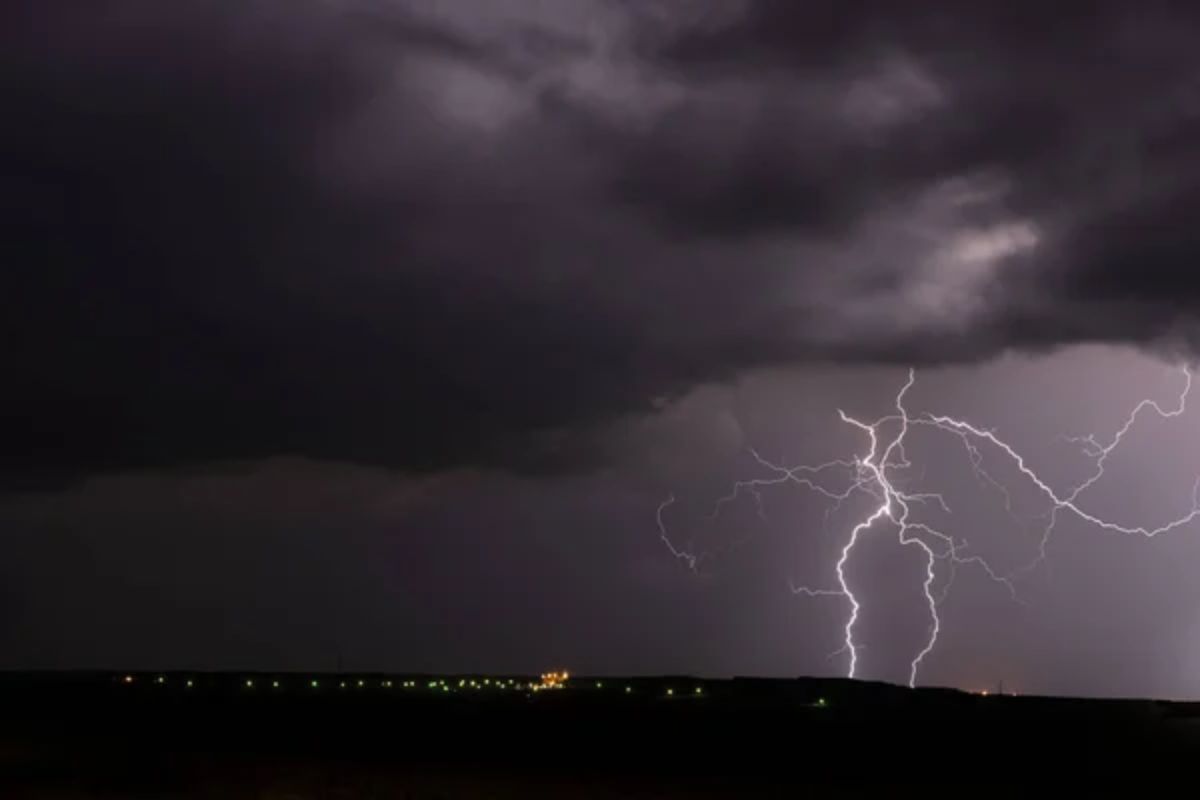
The heart of America’s tornado country experiences some of the most dramatic weather shifts on Earth. Clear spring mornings can transform into severe thunderstorms by afternoon as cold and warm air masses collide.
The flat terrain allows weather systems to develop and move without obstruction, creating rapidly changing conditions. Temperature swings of 40 degrees Fahrenheit within hours occur regularly during seasonal transitions. The region’s position between the Rocky Mountains and the Gulf of Mexico creates a battleground for conflicting air masses.
Like Travel Pug’s content? Follow us on MSN.
Mount Fuji, Japan
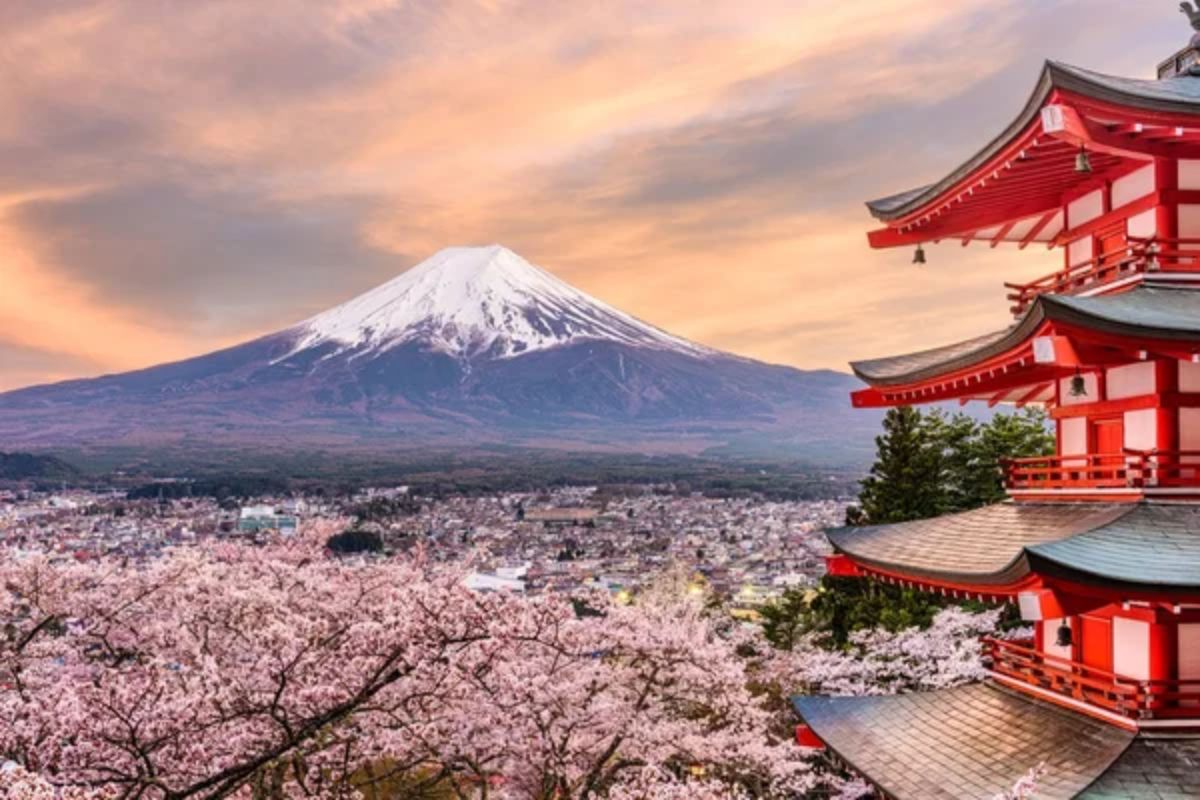
Japan’s iconic peak generates its own weather patterns that can change drastically within minutes. The mountain’s isolated position and height create conditions where clouds can form rapidly around the summit despite the clear conditions below.
Summer climbing seasons experience sudden temperature drops and unexpected snowstorms. The mountain’s influence on surrounding air masses can create localized severe weather events without warning. The interaction between maritime and continental air creates complex weather patterns around the peak.
Death Valley, California

The lowest point in North America experiences extreme temperature fluctuations and unexpected weather events. Summer temperatures can soar above 120 degrees Fahrenheit before plummeting at night, creating dangerous conditions for unprepared visitors.
Flash floods can occur suddenly in the bone-dry landscape when distant rain falls. Dust storms can develop rapidly, reducing visibility to near zero within minutes. The valley’s below-sea-level location creates unique atmospheric conditions that challenge traditional weather forecasting.
Caucasus Mountains
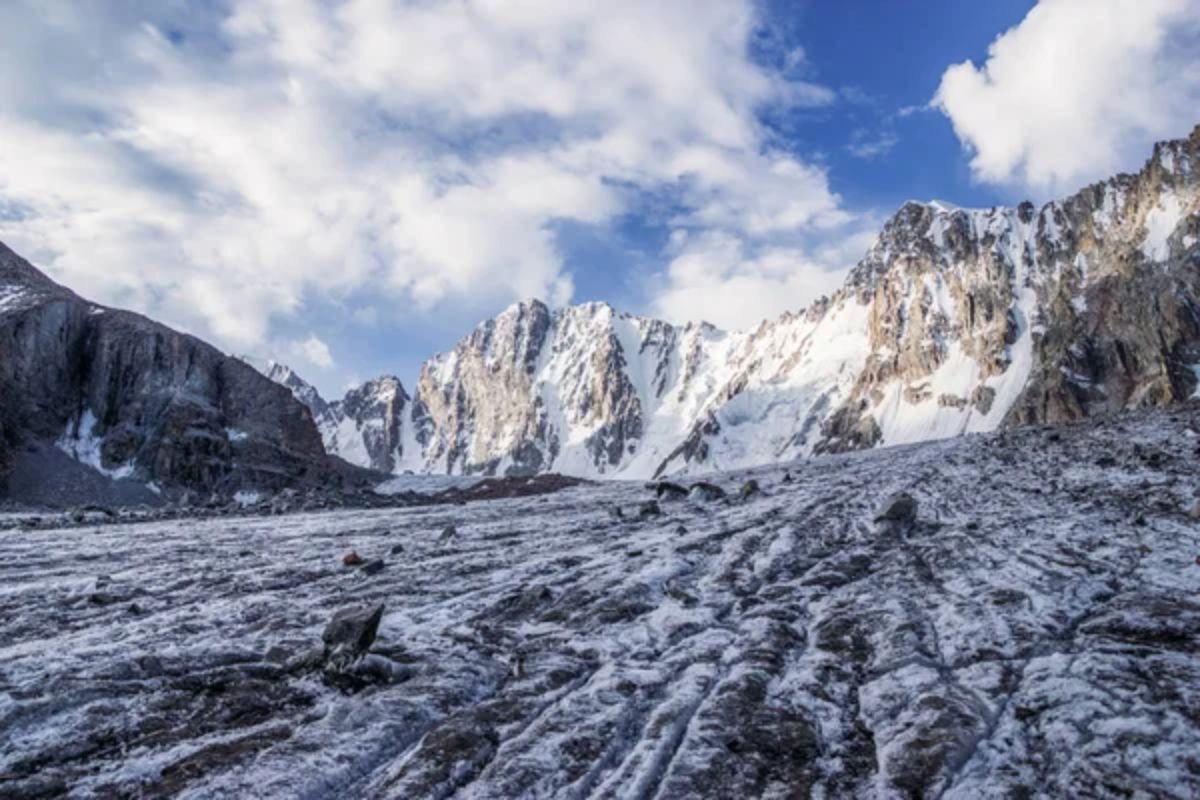
The meeting point of European, Asian, and Middle Eastern weather systems creates highly unstable conditions in these mountains. The range’s position between the Black and Caspian Seas generates rapid weather changes as maritime and continental air masses collide.
Vertical elevation changes of thousands of feet create distinct climate zones that can experience entirely different weather simultaneously. Local wind patterns can transform calm conditions into severe storms within hours. The complex topography creates numerous microclimates that experience their unique weather patterns.
Like Travel Pug’s content? Follow us on MSN.
Adapting to Nature’s Mood Swings
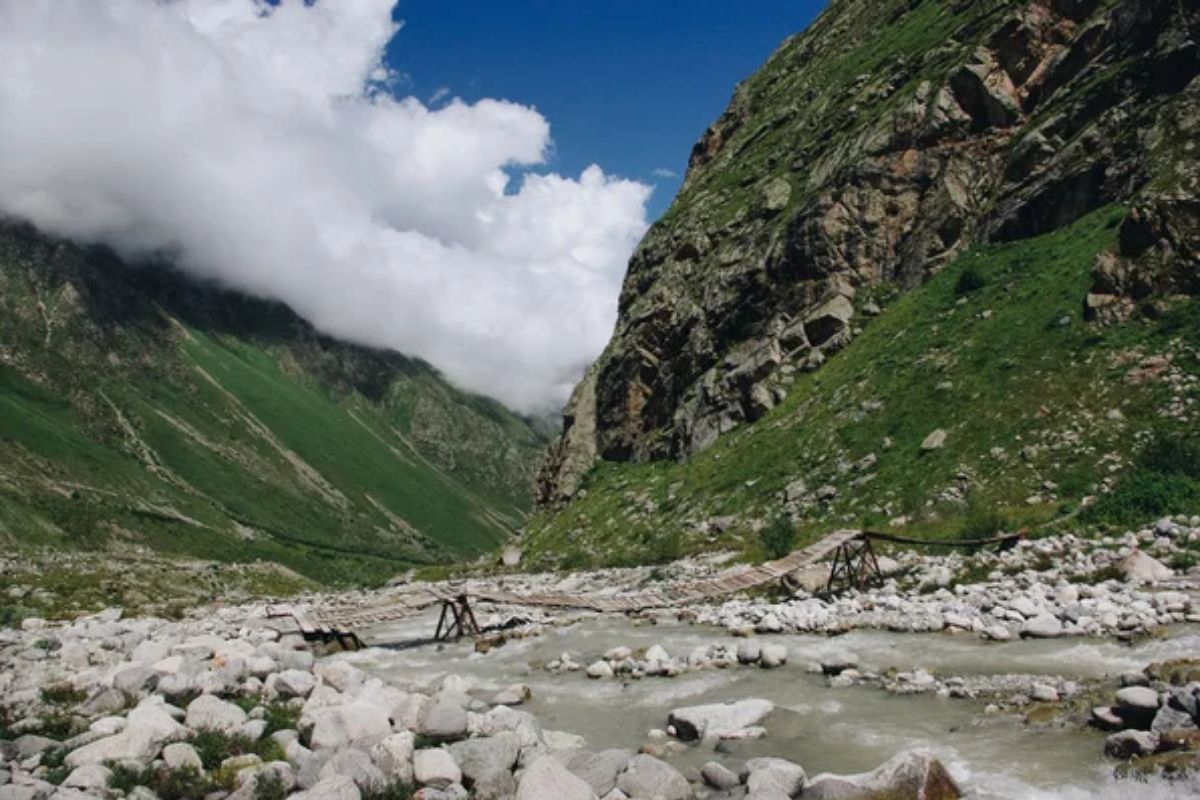
These locations remind us that weather remains one of nature’s most dynamic and unpredictable forces. Understanding local weather patterns and preparing accordingly has become increasingly important as climate change adds new layers of unpredictability to these already volatile regions.
Modern weather forecasting technology, while advanced, still struggles to predict the rapid changes these places experience fully. The key to visiting these locations lies in thorough preparation and maintaining a flexible attitude toward Mother Nature’s whims.
More from Travel Pug

- 20 Towns Built for One Purpose That Were Later Abandoned
- 15 Hidden Spots in Disney World’s Magic Kingdom Most Visitors Miss
- 15 Most Scenic Walks Anywhere in The World
- 15 Canyons in the U.S. That Are Just as Stunning as the Grand Canyon
- 10 Under-the-Radar Mountain Towns That Are Both Affordable and Beautiful
Like Travel Pug’s content? Follow us on MSN.
